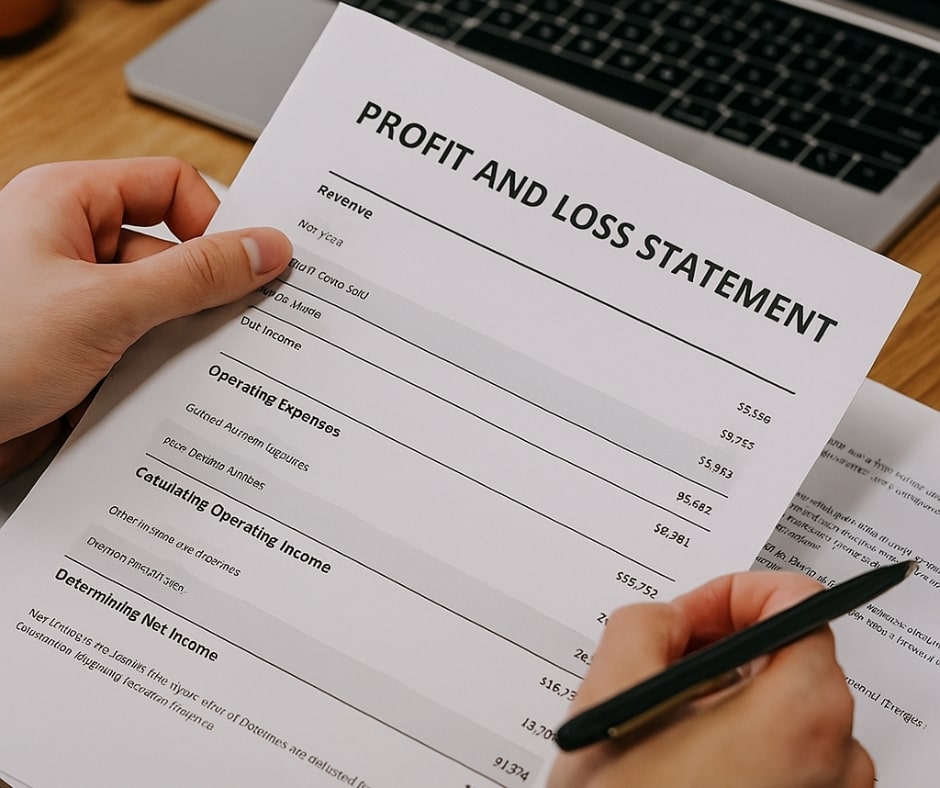Sales success is never accidental. It’s a result of careful planning, informed decision-making, and staying ahead of the competition. One of the most powerful strategies for boosting your sales effectiveness is conducting competitor analysis for sales.
By understanding how your competitors operate, where they excel, and where they fall short, you can position your business strategically to attract more customers, refine your messaging, and ultimately increase your revenue. In this guide, I’ll walk you through an in-depth, step-by-step process to leverage competitor analysis and elevate your sales strategy.
Why Competitor Analysis is Crucial for Sales Growth
Many businesses operate in competitive markets where customers have multiple choices. Your ability to stand out and position yourself effectively depends on how well you understand your competition.
What Competitor Analysis Helps You Achieve
- Identify Market Gaps: Spot opportunities your competitors are missing.
- Refine Your Pricing Strategy: See where your pricing sits in comparison to others and adjust accordingly.
- Improve Your Product Positioning: Learn how competitors market their products and develop a unique selling proposition (USP).
- Enhance Customer Engagement: Understand how your competitors attract and retain customers and adopt better engagement techniques.
- Optimize Marketing and Sales Approaches: Discover which marketing channels work best for your competitors and refine your approach.
Step 1: Identify Your Key Competitors
Before analyzing, you need to determine who your actual competitors are. Not every business in your industry is a direct competitor. There are three main types of competitors to consider:
Direct Competitors
These are businesses offering the same product or service to the same audience. If you own a digital marketing agency, another agency targeting the same customer base would be your direct competitor.
Indirect Competitors
These businesses serve the same customer need but with a different product or service. For example, a freelance consultant offering marketing services is an indirect competitor to a full-service marketing agency.
Replacement Competitors
These are companies that offer alternative solutions to solving the same problem. For example, an AI-driven sales platform may compete with a human-led sales consulting firm.
How to Find Competitors:
- Google Search: Look up industry keywords and see which businesses appear.
- SEO Tools: Use SEMrush, Ahrefs, or Ubersuggest to analyze competitor rankings.
- Social Media: Look at who’s actively advertising and engaging in your industry.
- Customer Insights: Ask customers what alternatives they considered before choosing you.
Step 2: Analyze Their Sales and Marketing Strategies
Competitors reveal valuable insights about what works and what doesn’t. By understanding their sales and marketing strategies, you can identify successful tactics and weaknesses to exploit.
What to Look for in a Competitor’s Sales Strategy:
- Sales Funnel Structure: Are they using free trials, discounts, or personalized demos?
- Lead Generation Methods: Do they rely on inbound marketing, outbound calls, social media, or paid ads?
- Outbound Sales Tactics: Are they using cold emailing, direct outreach, or webinars?
- Conversion Rate Optimization: Do they emphasize urgency, social proof, or money-back guarantees?
What to Look for in a Competitor’s Marketing Strategy:
- Website & SEO Strategy: What keywords do they rank for? What kind of content are they publishing?
- Social Media Engagement: Which platforms are they most active on? How engaged is their audience?
- Advertising Strategy: Do they use Facebook Ads, Google Ads, or influencer partnerships?
- Brand Messaging: What tone and messaging do they use to appeal to customers?
Pro Tip: Sign up for a competitor’s email list and observe how they nurture leads over time.
Step 3: Examine Their Customer Reviews and Feedback
Customer reviews provide unfiltered opinions about a company’s strengths and weaknesses. This information helps you differentiate your offering by focusing on what customers truly value.
Where to Find Customer Reviews:
- Google Reviews, Trustpilot, Yelp – General customer feedback.
- Amazon & Product Hunt – If they sell products, look at customer insights.
- Social Media Mentions & Forums – See how people discuss them in groups.
- Competitor’s Blog & Testimonials – Read case studies or testimonials.
How to Use Customer Reviews for Sales Strategy:
- Identify Common Complaints: Find patterns in negative reviews and position your product as a better solution.
- See What Customers Love: Highlight competitor strengths in your strategy while adding your unique value.
- Improve Your Value Proposition: If customers want better customer service, faster delivery, or more customization, use that to refine your approach.
Step 4: Assess Their Online Presence and Content Strategy
A competitor’s digital footprint reveals a lot about their strategy and effectiveness.
Key Areas to Analyze:
- Website Traffic & Engagement: Use tools like SimilarWeb or Alexa to estimate their monthly visits.
- Content Strategy: What type of blogs, videos, or case studies are they producing?
- Social Media Performance: Are they engaging on LinkedIn, Instagram, Facebook, or Twitter?
- Community & Influencer Engagement: Are they collaborating with industry influencers?
By examining their online presence, you can discover content gaps and position yourself as a thought leader.
Step 5: Evaluate Their Pricing and Offers
Pricing is a major factor in a customer’s decision-making process. You should compare not just the prices but also the value and benefits they offer.
Factors to Consider:
- Price vs. Value Proposition: Are they competing on price or value?
- Subscription Models: Are they offering one-time pricing or recurring revenue models?
- Discounts & Promotions: Are they running seasonal or loyalty discounts?
- Upsells & Cross-Sells: How do they structure additional offers?
If a competitor is charging higher prices but still gaining customers, their perceived value is stronger. Use this insight to strengthen your pricing model or value proposition.
Step 6: Identify Gaps in Their Strategy & Differentiate Your Brand
Every business has weaknesses. Identifying them creates opportunities for you to stand out.
Common Gaps to Look For:
- Slow Response Times: Offer exceptional customer service to outshine them.
- Poor Online Presence: Dominate SEO and social media marketing.
- Limited Product Features: Introduce solutions that address unmet needs.
- Inconsistent Branding: Build a cohesive, authoritative brand image.
Step 7: Apply Competitor Insights to Your Sales Strategy
Now that you’ve gathered valuable insights, it’s time to implement them into your business.
Actionable Steps:
- Refine Your Pricing & Offers – Adjust pricing based on competitor weaknesses.
- Enhance Sales Messaging – Address customer pain points effectively.
- Improve Lead Nurturing – Optimize email campaigns for higher conversions.
- Strengthen Customer Experience – Offer personalized support and exclusive perks.
Competitor analysis is not a one-time task—it’s a continuous process. Make it a habit to review your competition quarterly and stay ahead of industry trends.
Final Thoughts
Competitor analysis for sales is one of the most powerful tools in your business arsenal. By studying your competition, you gain a competitive edge that allows you to refine your strategies, increase sales, and build a sustainable, profitable business.













